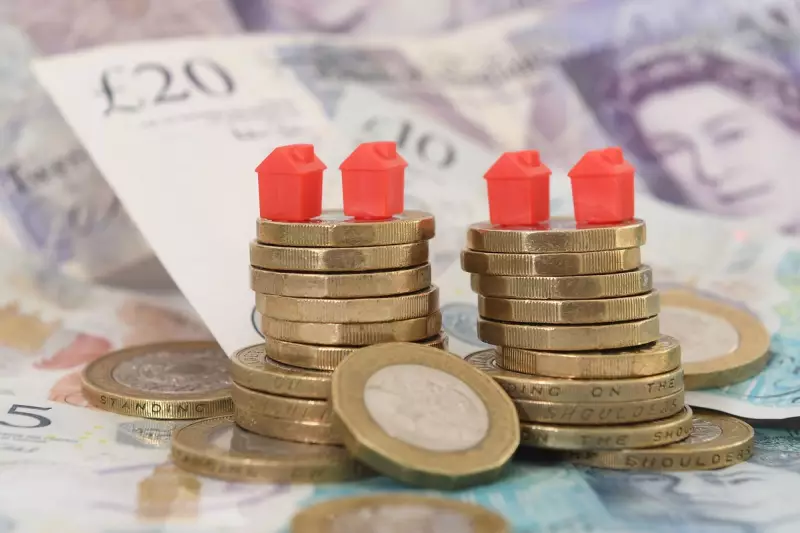
The UK rental market has undergone a seismic shift since the pandemic, with house prices skyrocketing and tenants facing unprecedented financial pressures. According to recent data, the average cost of renting a home in the UK has surged by as much as 20% in some areas, pushing affordability to breaking point.
Why Are Rental Prices Rising So Sharply?
Several factors are contributing to the dramatic increase in rental costs:
- Supply and demand imbalance: A chronic shortage of rental properties has intensified competition among tenants, driving prices upwards.
- Post-pandemic recovery: As cities reopen and workers return, demand for urban rentals has rebounded sharply.
- Landlord costs: Rising mortgage rates and maintenance expenses have led many landlords to pass these costs onto tenants.
Which Areas Are Worst Affected?
While the rental crisis is nationwide, certain regions have seen particularly steep increases:
- London: Still the most expensive place to rent, with some boroughs seeing 25% year-on-year increases.
- Manchester and Birmingham: These major cities have experienced some of the fastest-growing rental markets.
- University towns: Cities with large student populations face additional pressure on rental stock.
What Does This Mean for Tenants?
The rental price surge has created significant challenges:
- Many tenants are spending over 50% of their income on rent alone.
- Young people and low-income families are being priced out of desirable areas.
- The competition for properties has led to bidding wars, with some tenants offering above asking price.
Experts warn that without intervention, the situation could worsen, potentially leading to a generation locked out of both homeownership and affordable rental options.





